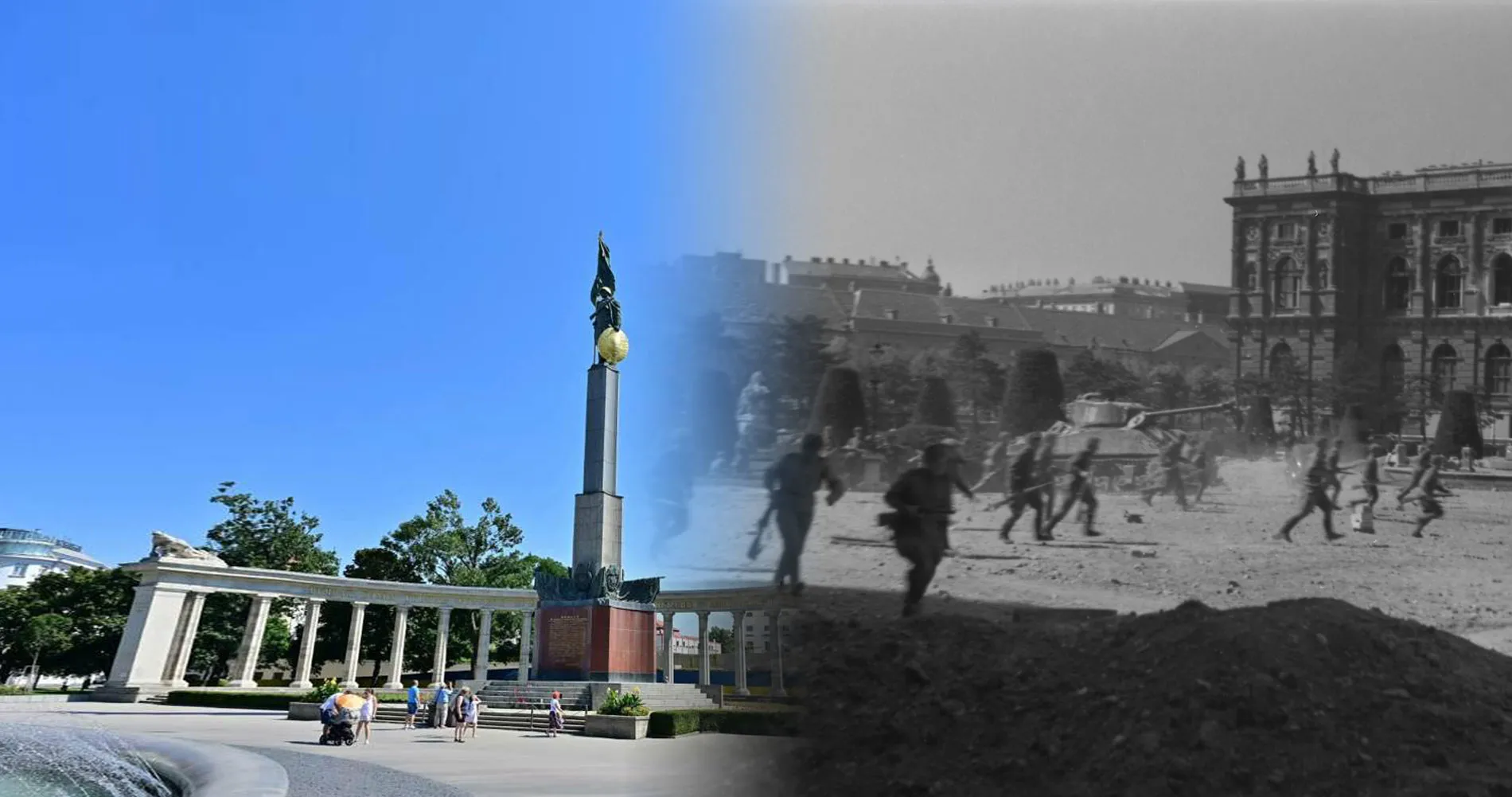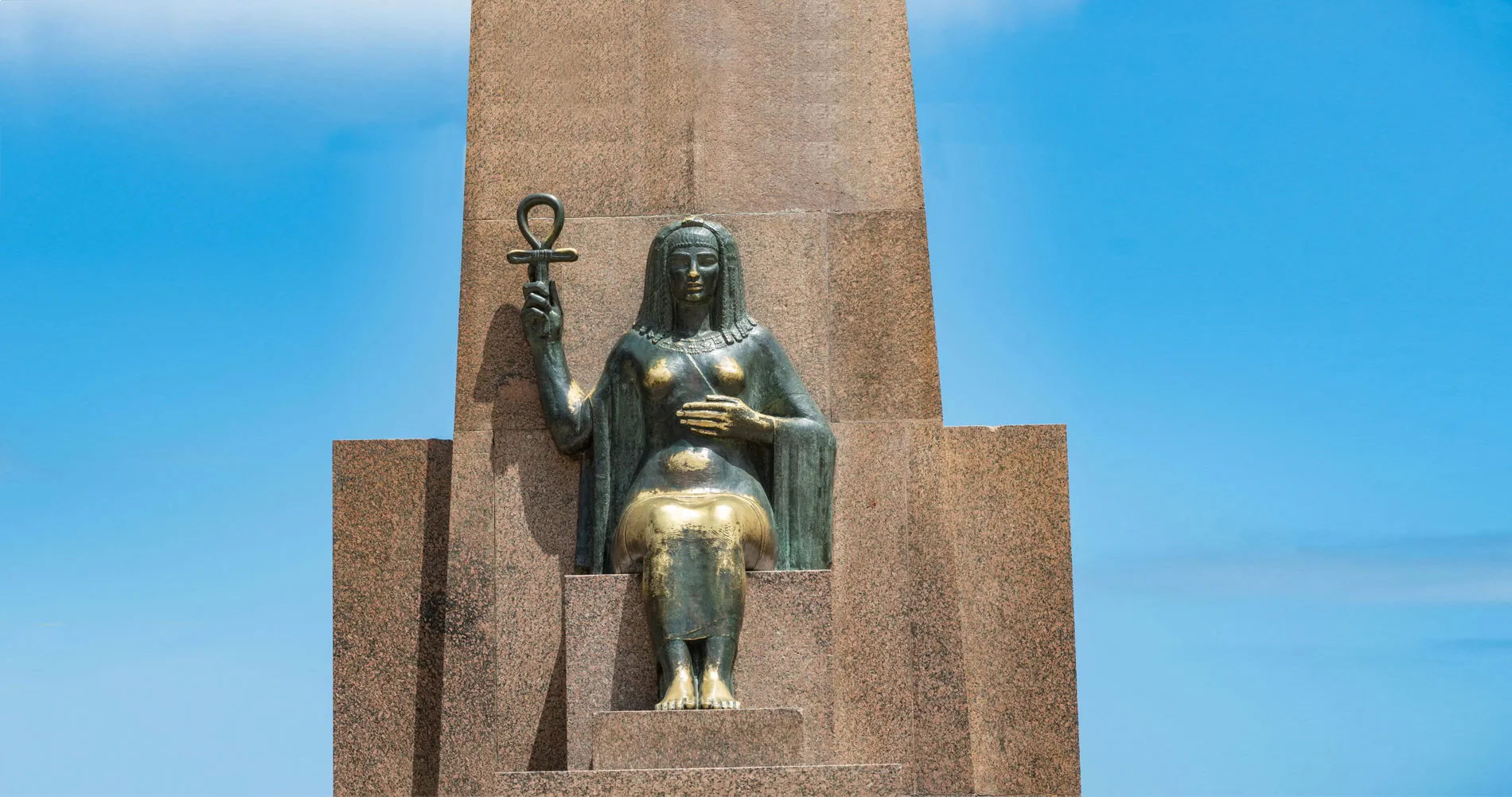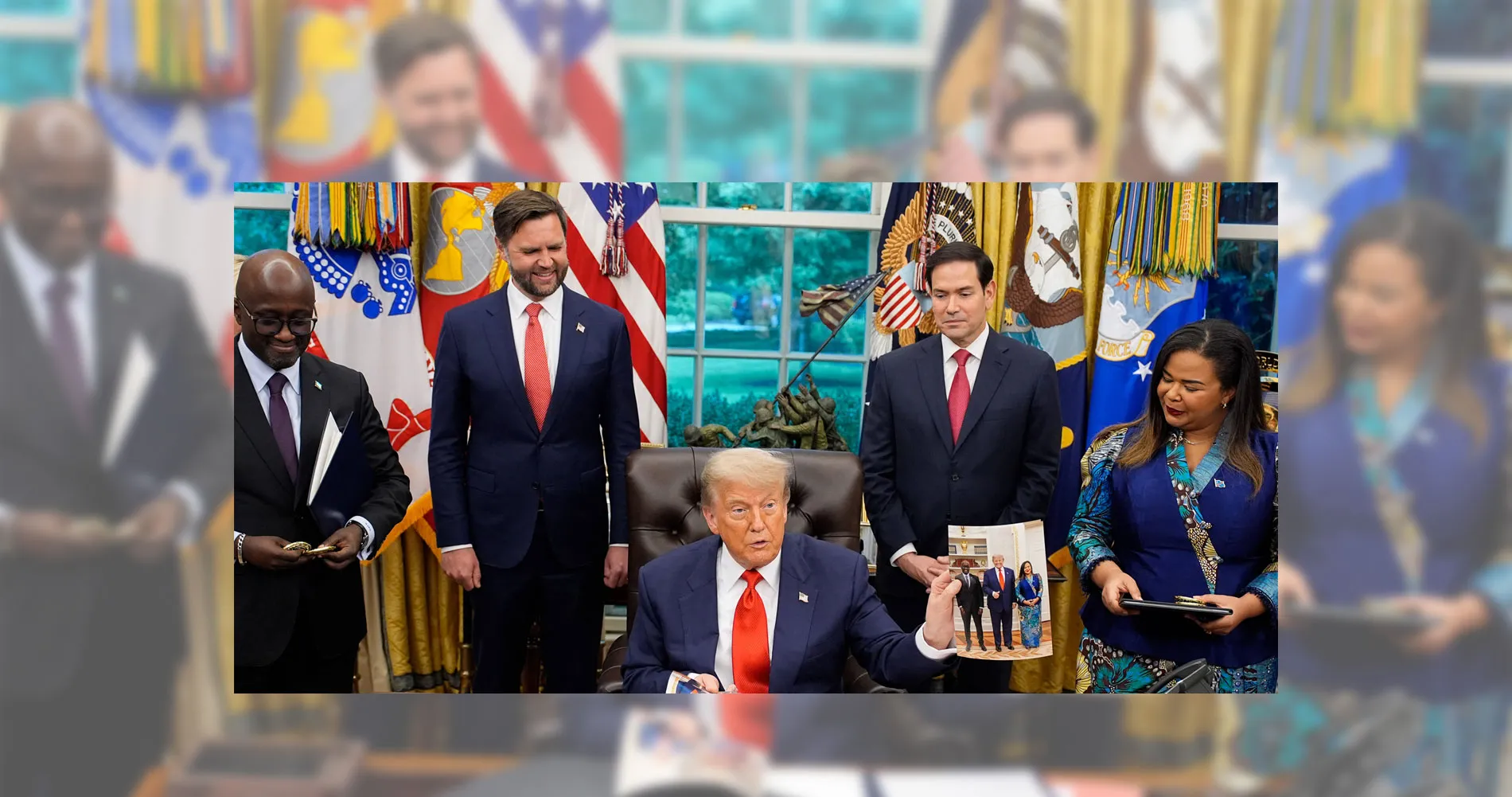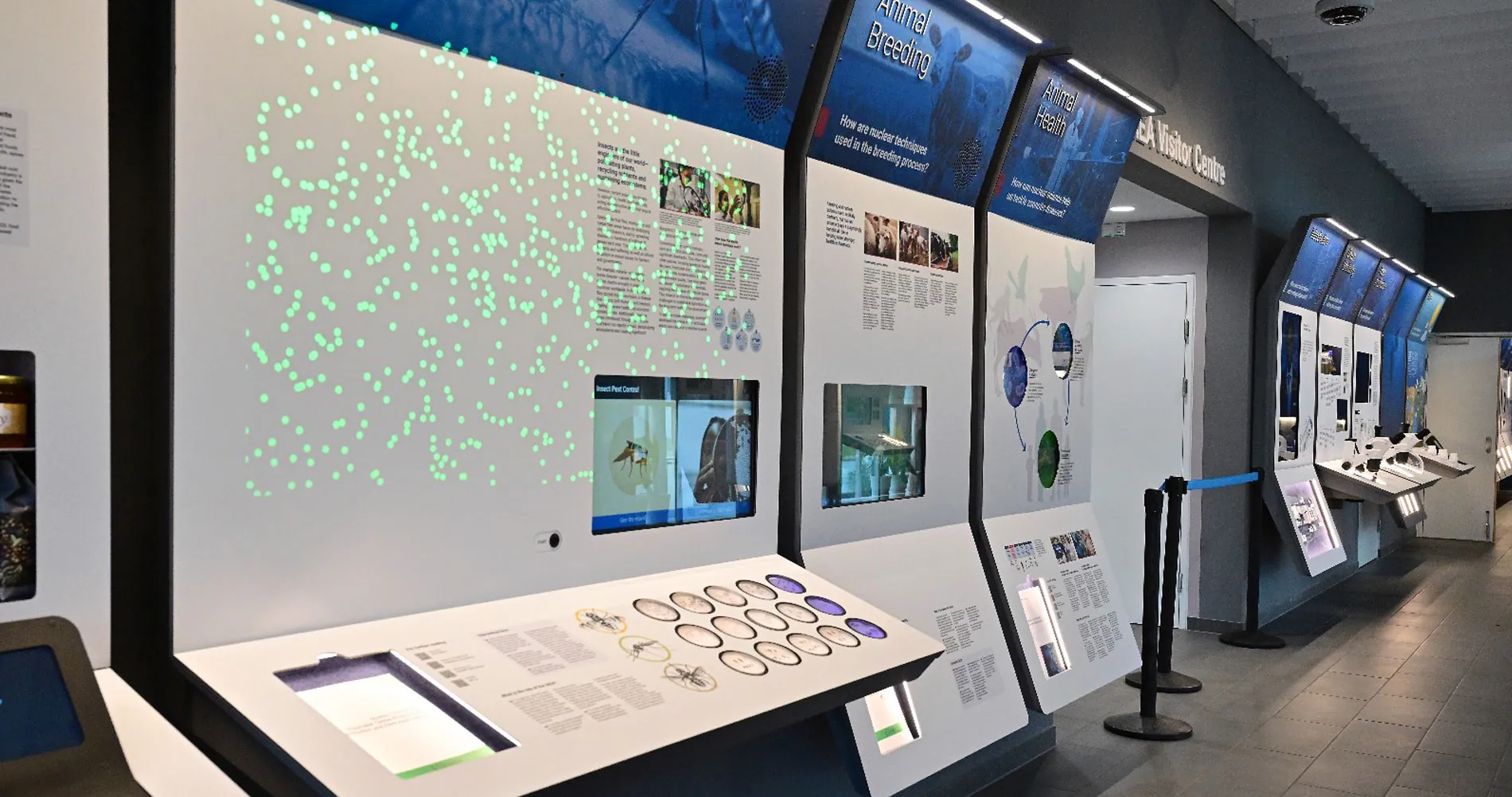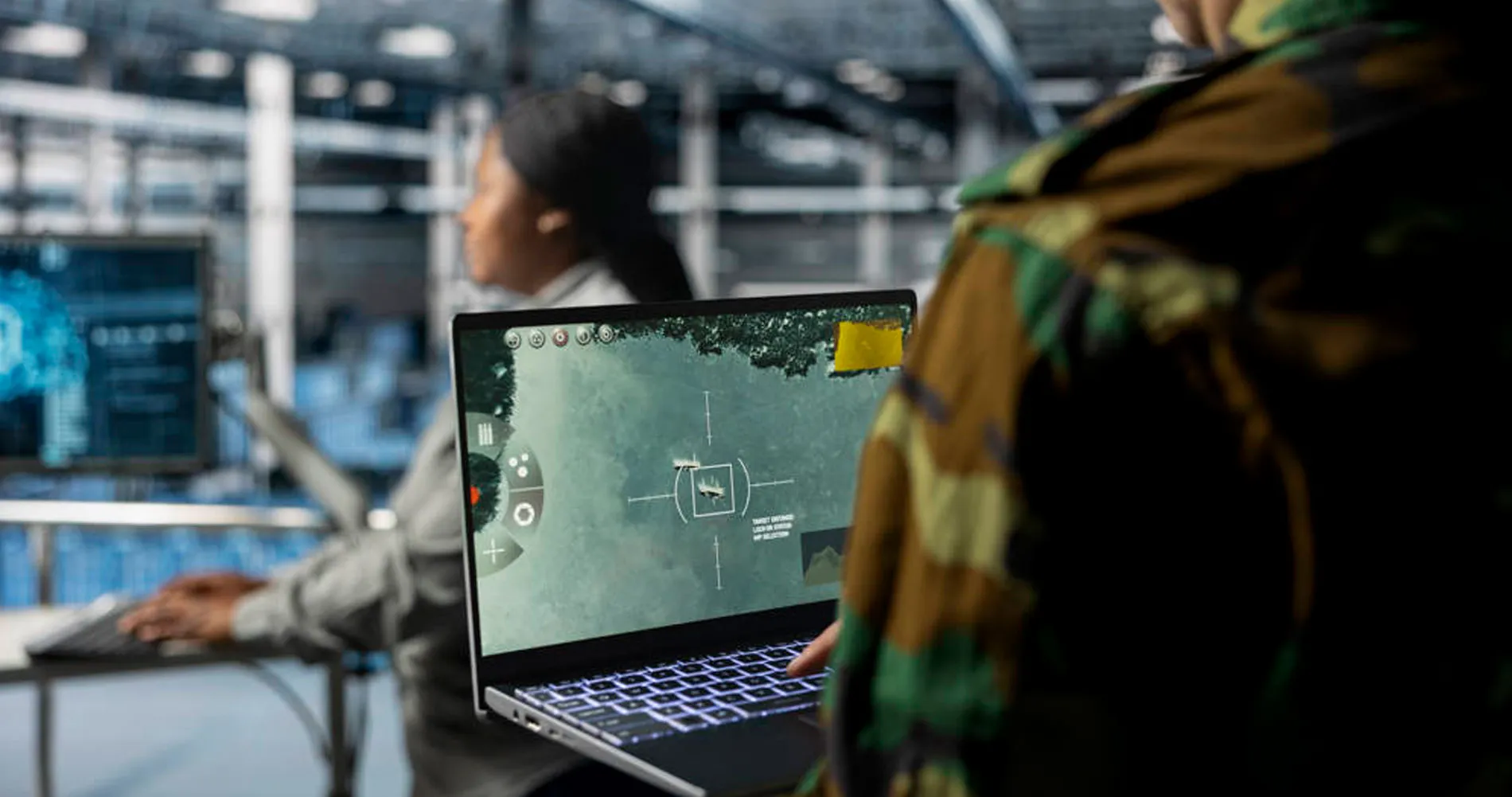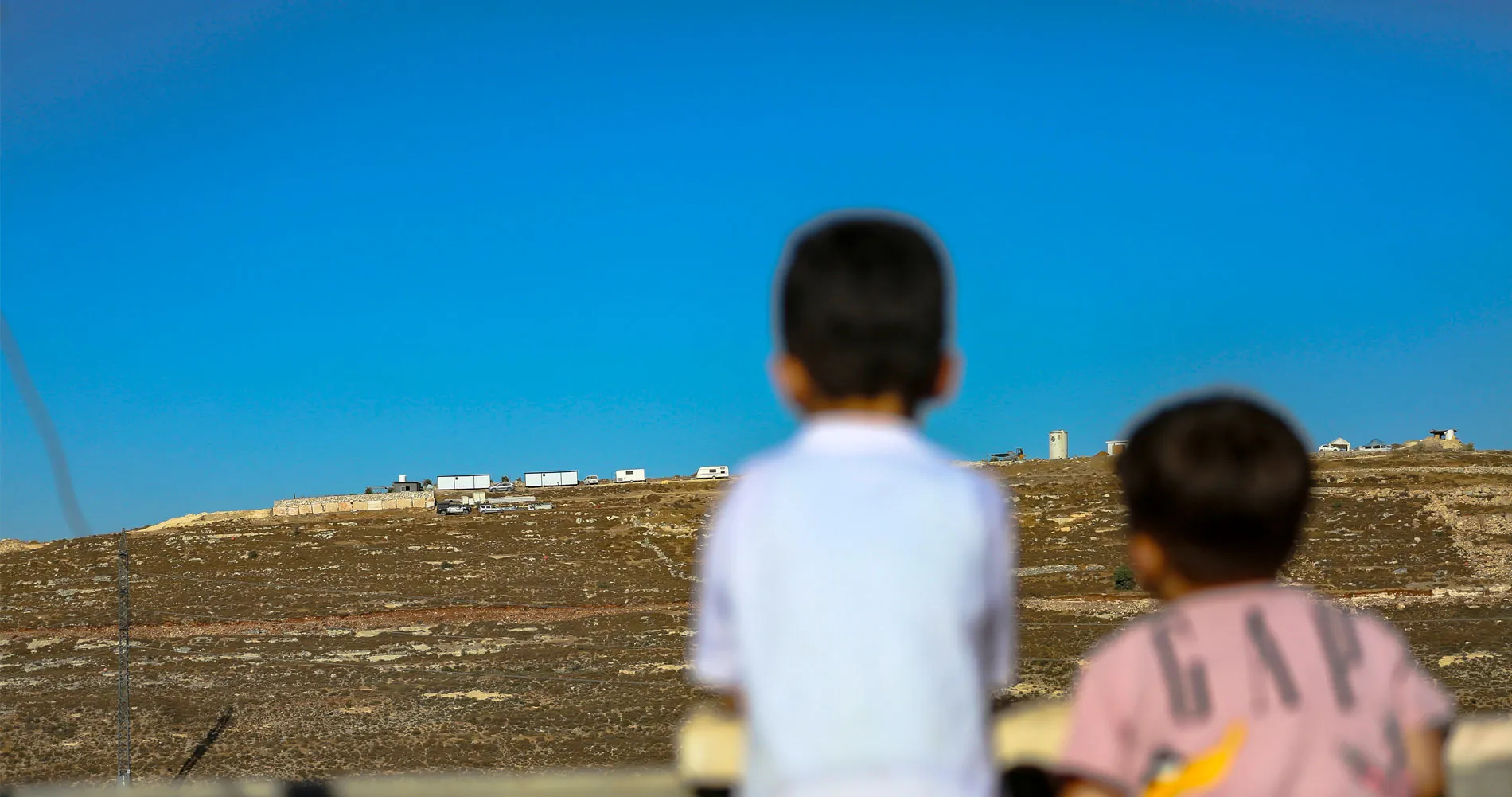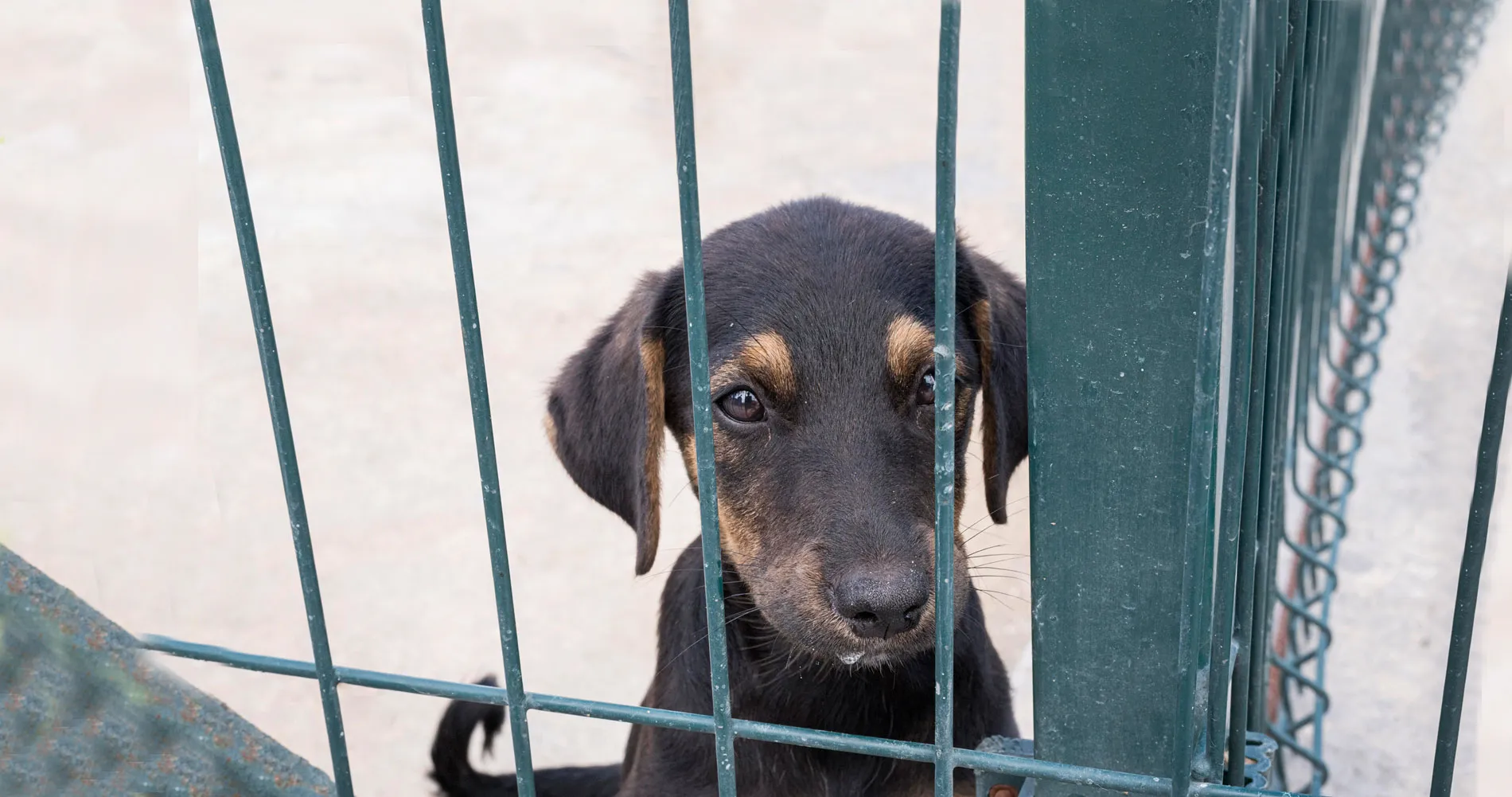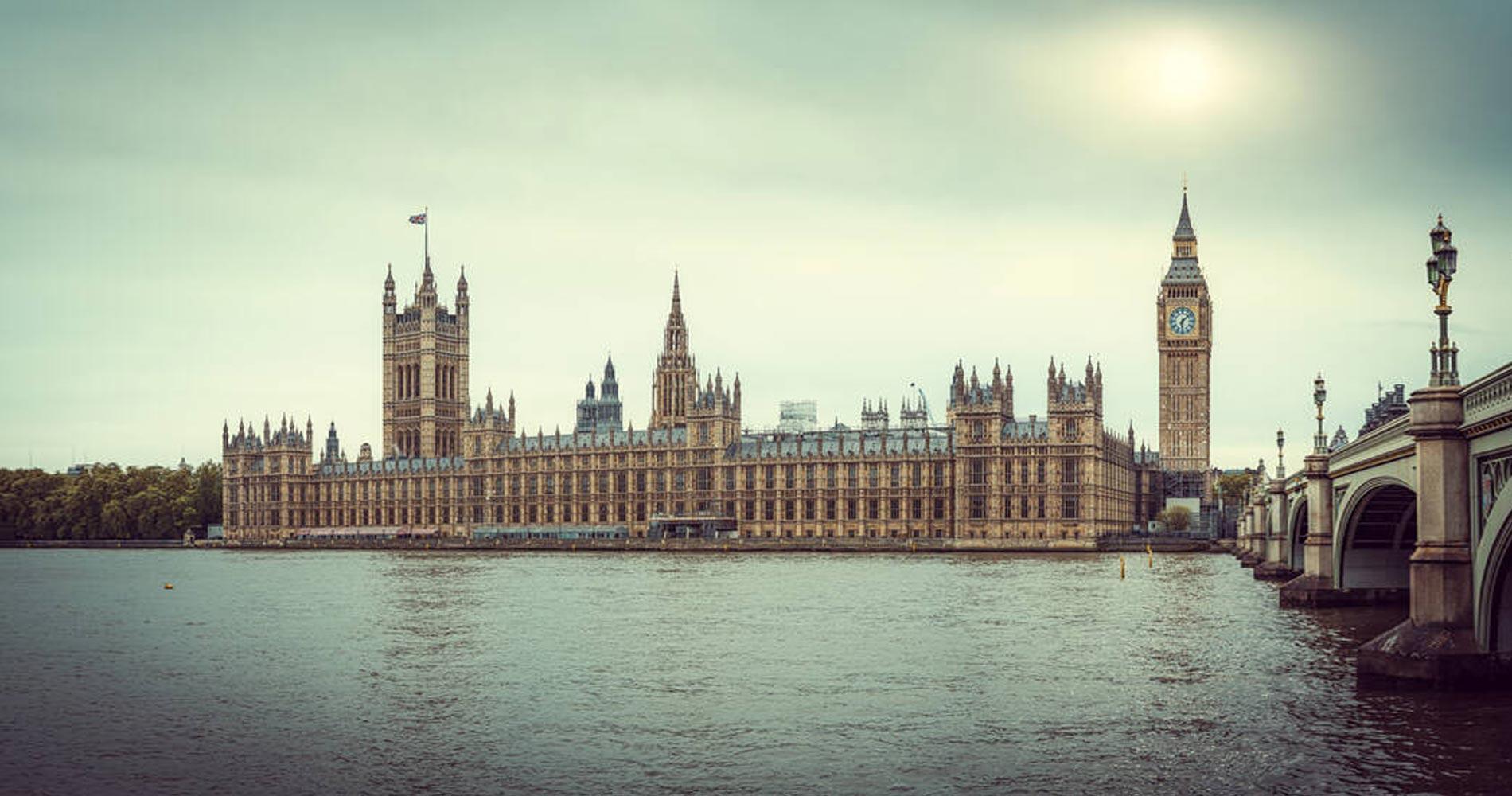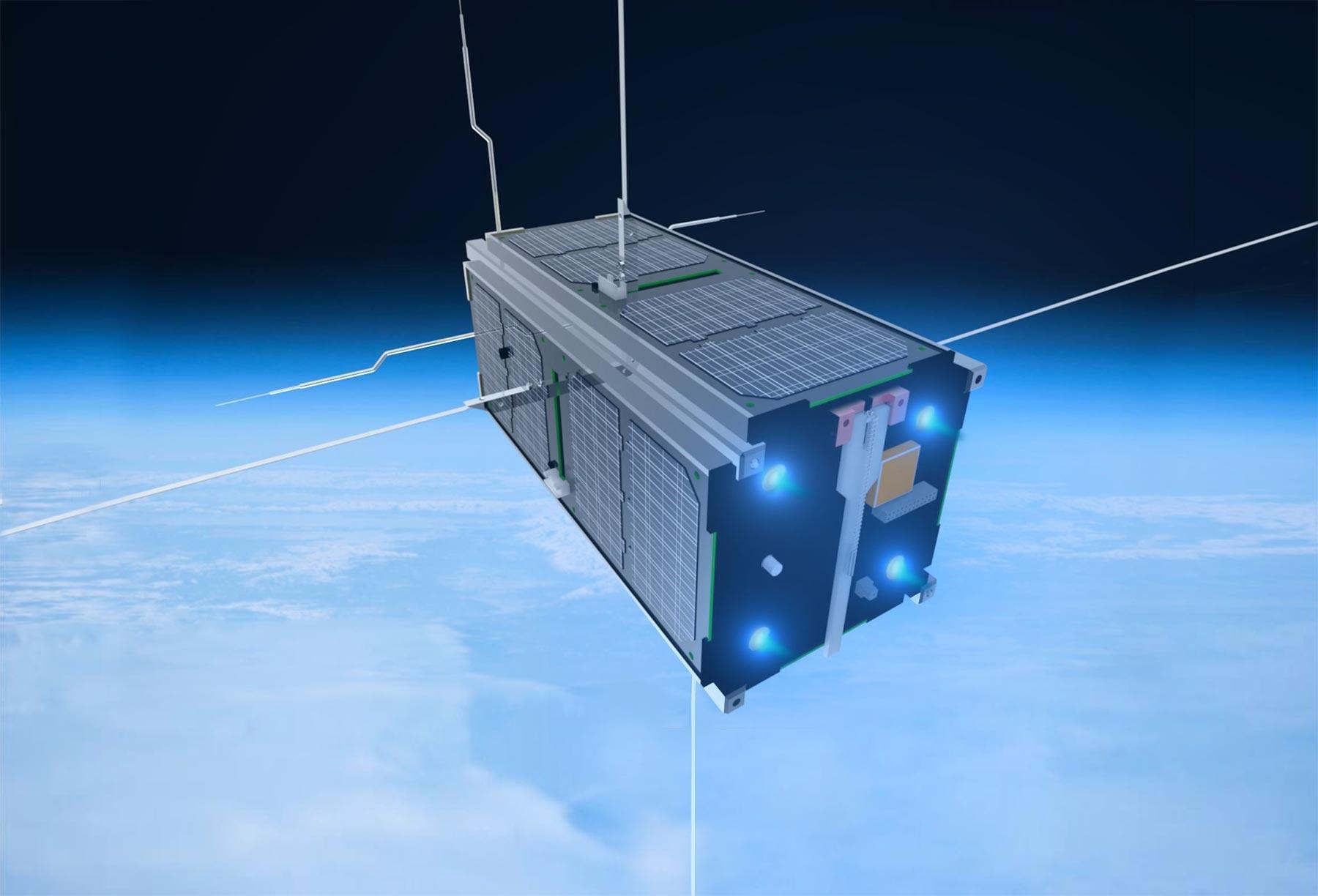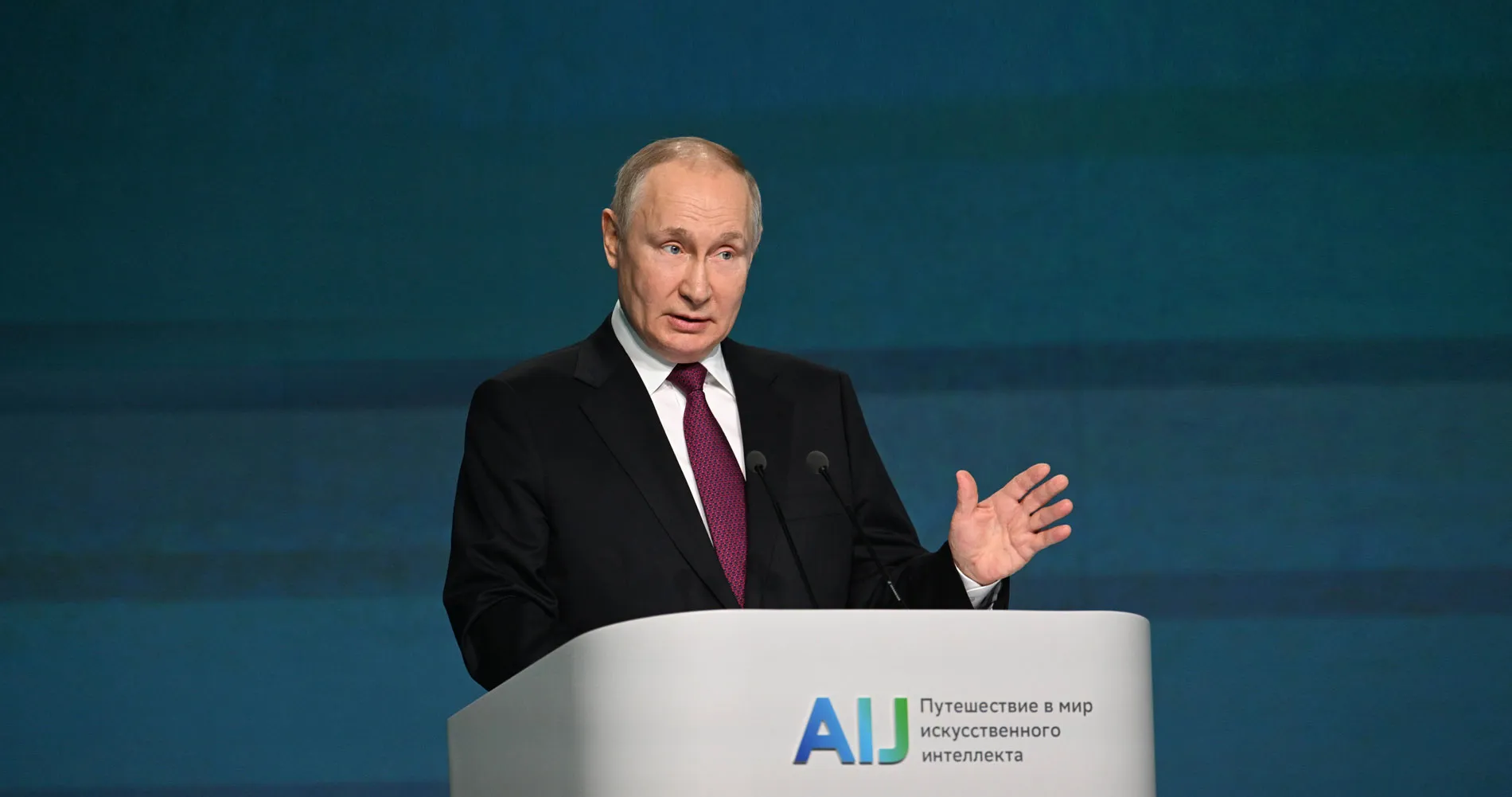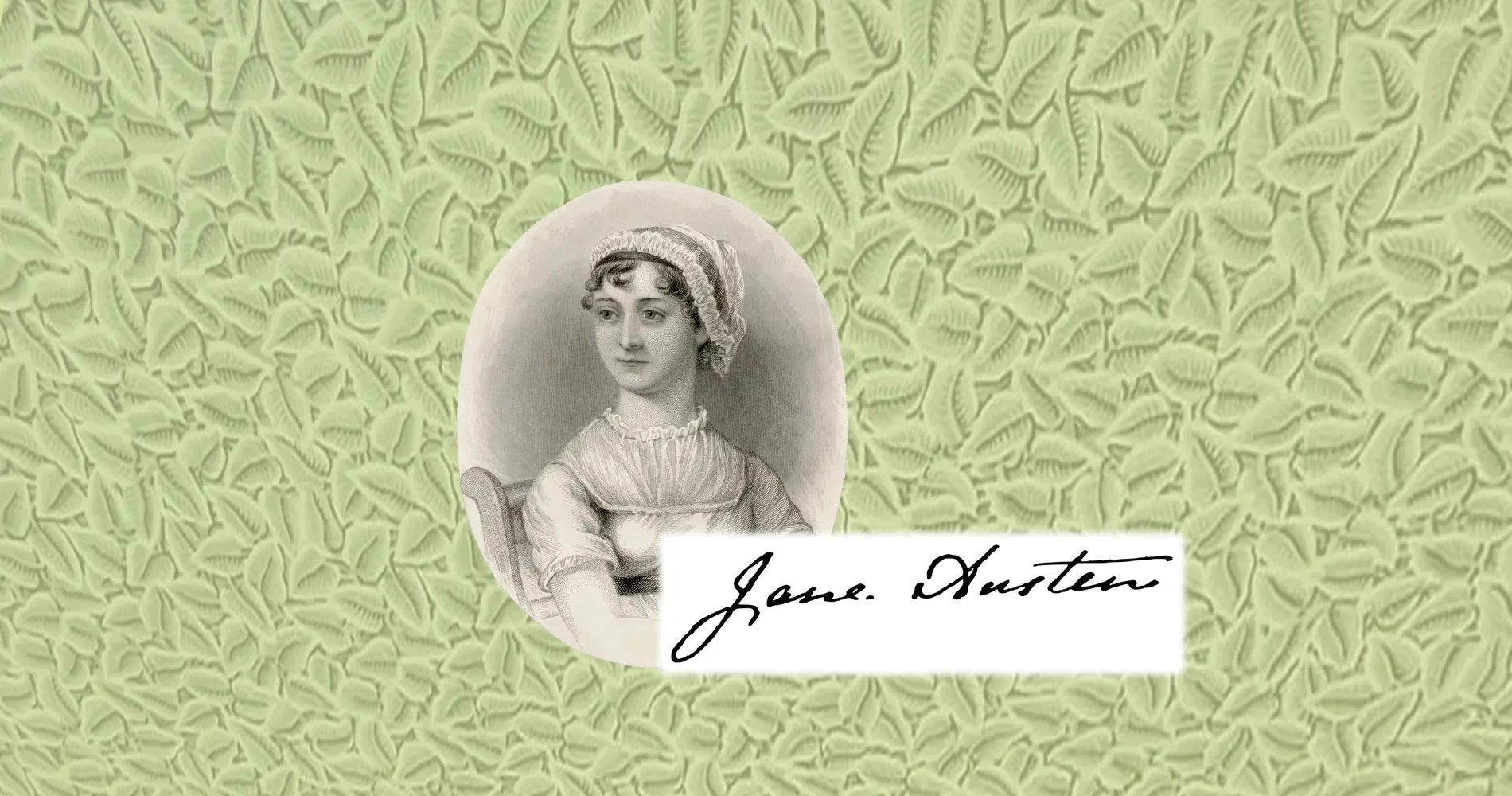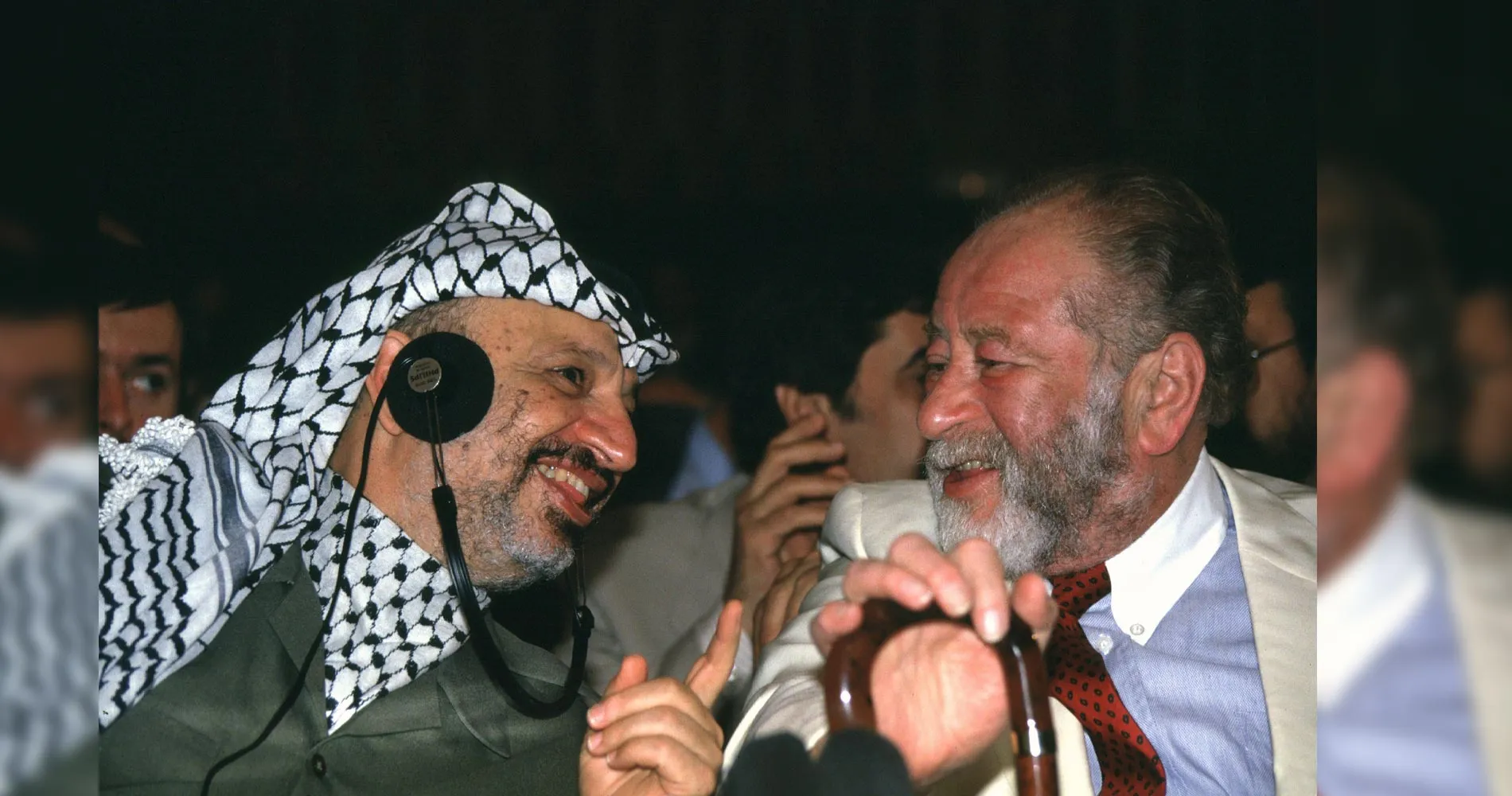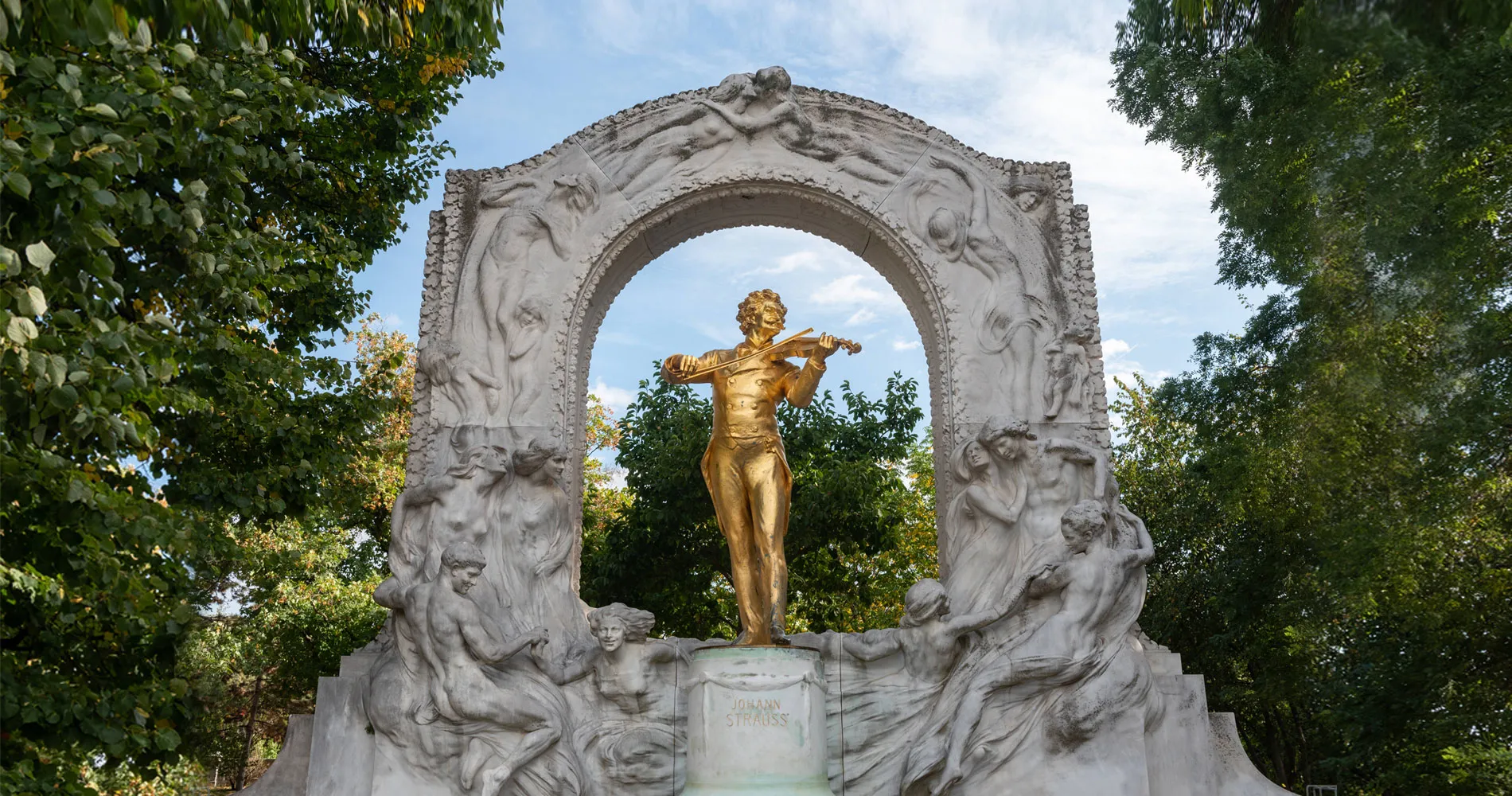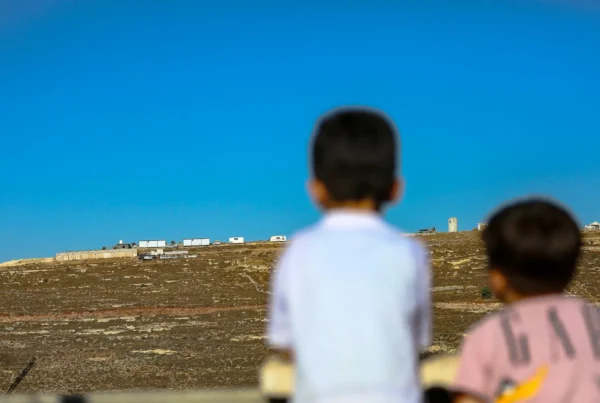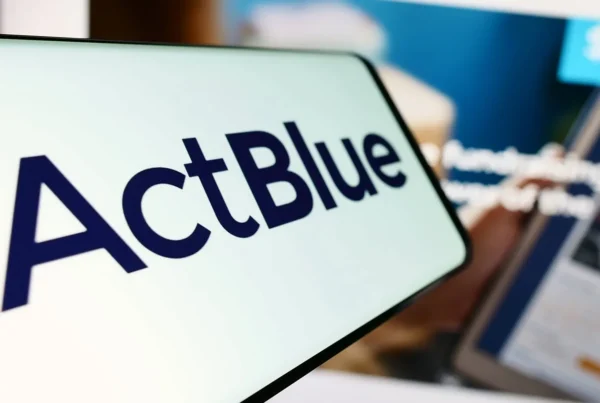Victory Day in Russia commemorates the nation’s triumph over Nazi Germany in World War II. It’s a day marked by solemn remembrance and celebration, highlighted by the iconic Victory Parade, showcasing the unity and strength of the Russian people and their allies in the face of tyranny.
Murat Gibadyukov
13 May 2024
Arabic version | Chinese version | German version
Victory Parade in 2024
Victory Day in Russia has a deep significance, marking the triumph of the Soviet people in the Great Patriotic War (1941-1945). Over the years, it has evolved from a commemoration of historical events to a cherished national holiday, symbolizing unity, strength, and remembrance.
A parade marking the 79th anniversary of Victory in the Great Patriotic War took place in Moscow in 2024 amid an unexpected snowfall. Despite the wintry weather, the event proceeded as planned, with 9000 servicemen and 75 units of equipment marching solemnly. Aerobatic groups performed overhead, including the “Swifts” and “Russian Knights.” Among the attending dignitaries were leaders from Belarus, Kazakhstan, Kyrgyzstan, Tajikistan, Turkmenistan, and Uzbekistan. For the first time, representatives from Cuba, Laos, and the Republic of Guinea-Bissau also attended the event. Following the parade, Vladimir Putin and the foreign delegation paid respects at the Eternal Flame.
Victory Parade in Moscow on 9 May 2024. Source: mk.ru
Victory Parade in 1945
In Russia, the 9th of May has a profound significance as the day commemorating the victory of the Soviet people in the Great Patriotic War (1941-1945). For 79 years, this monumental occasion has been celebrated not only within the former USSR, but also across diverse nations worldwide. On this hallowed day, Russia pays tribute to the memory of the fallen soldiers who made the ultimate sacrifice, while simultaneously honoring the enduring legacy of the veterans—both those who remain with us and those who have departed. The designation of Victory Day celebrations on 9 May is emblematic of its pivotal role in history. Indeed, it was on 9 May 1945 that the Nazi troops capitulated completely, marking the decisive end of one of humanity’s darkest chapters.
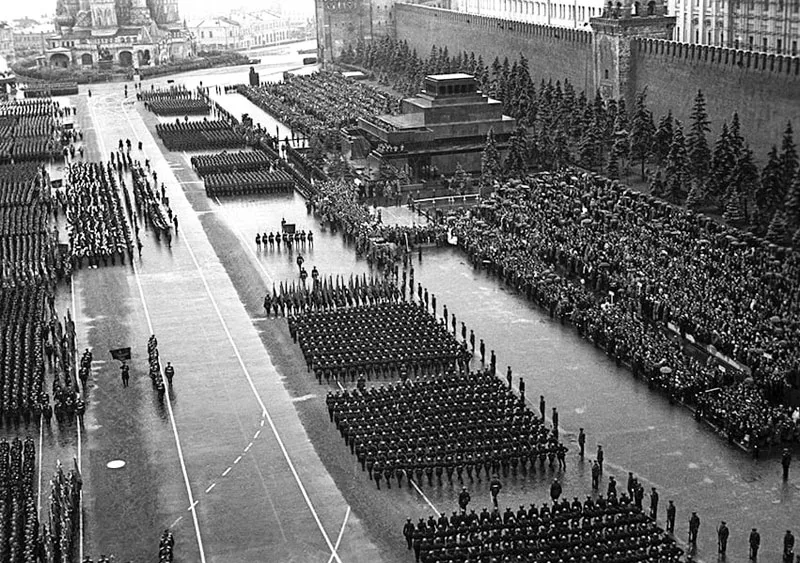 Victory Parade, 1945. Source: Archive of the Russian Ministry of Defense.
Victory Parade, 1945. Source: Archive of the Russian Ministry of Defense.
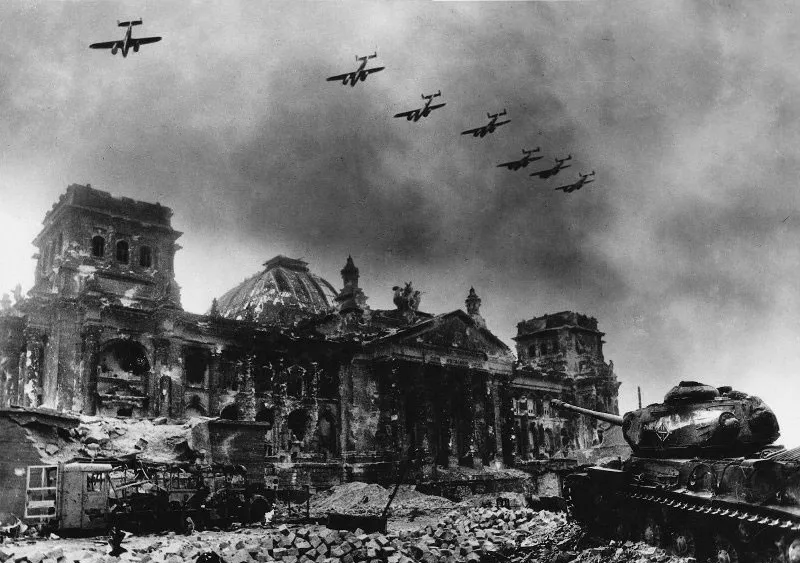 The war is over. 8 May 1945. Photo: Yevgeny Ananyevich Khaldey
The war is over. 8 May 1945. Photo: Yevgeny Ananyevich Khaldey
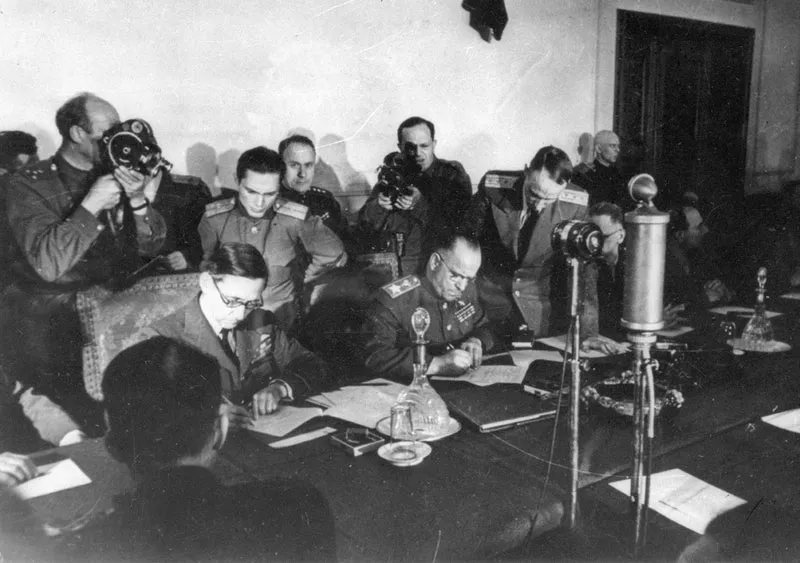 Signing of the act of surrender of Germany, 1945. Photo: Yevgeny Ananyevich Khaldey
Signing of the act of surrender of Germany, 1945. Photo: Yevgeny Ananyevich Khaldey
Not widely known is the fact that preceding Germany’s official surrender, a preliminary protocol was initially signed. This significant event unfolded during the late hours of 8 May 1945, at Eisenhower’s headquarters in Reims, France. Field Marshal Jodl, representing Germany, General Susloparov, representing the Soviet Union, and General Walter Bedell Smith representing the Western Allies, in particular the United States and the United Kingdom, signed this pivotal document.
The document unequivocally declared the cessation of all hostilities by the German army across all fronts, effective from 8 May onwards. Almost immediately, American and British newspapers seized upon this news, hastily proclaiming to the world that the German army had capitulated to the Allies from that very date. This premature announcement, while technically accurate regarding the cessation of hostilities, foreshadowed the impending formal surrender that would follow in Berlin the next day.
It had been anticipated that the act of surrender would be signed at the same place. However, Stalin expressed dissatisfaction with this arrangement. He believed that such a momentous event in world history should be both officially formalized and conducted in the capital of defeated Nazi Germany.
As a result, with the participation of the media, representatives from the Allied powers signed the Act of Unconditional Surrender of Germany in Berlin on the night of 8 May 1945. Field Marshal Keitel signed on behalf of the German side, while Marshal G.K. Zhukov, representing the Soviet Union, and General Dwight D. Eisenhower, Supreme Commander of the Allied Expeditionary Force, signed the document on behalf of the Allied side, solidifying the victory achieved through the combined efforts of Allied forces. The ceremony commenced precisely at midnight (0:00 h) on 9 May and concluded at 0:43h. This historic moment not only marked the definitive end of the brutal conflict but also symbolized the triumph of the Allied forces over the forces of tyranny and oppression.
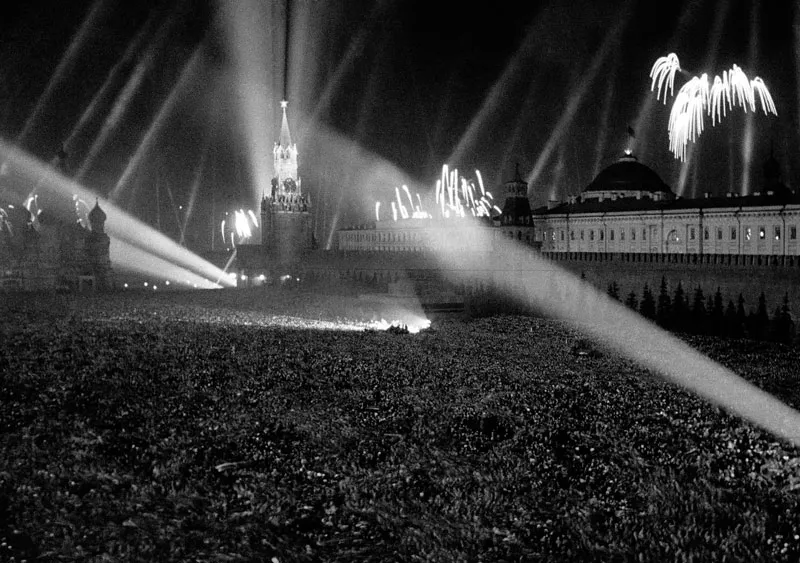 Victory Day 1945. Source: RIA Novosti.
Victory Day 1945. Source: RIA Novosti.
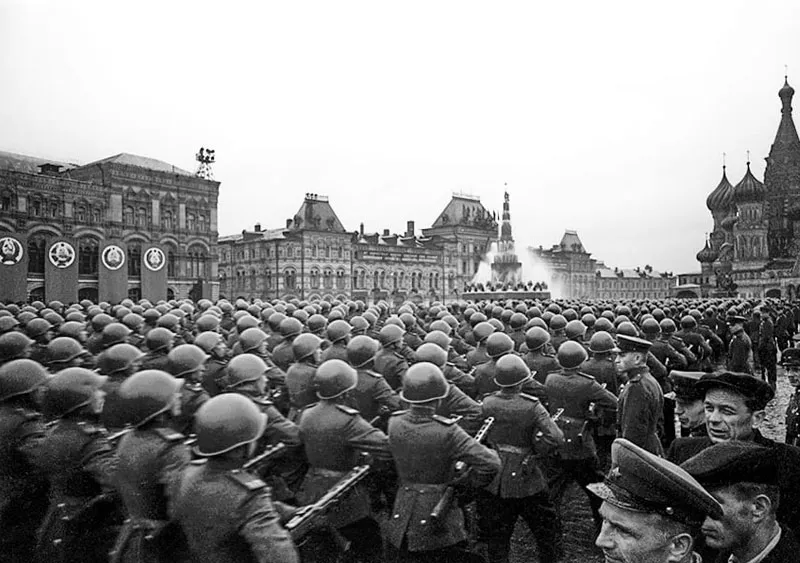 Victory Parade, 1945. Source: Archive of the Russian Ministry of Defense.
Victory Parade, 1945. Source: Archive of the Russian Ministry of Defense.
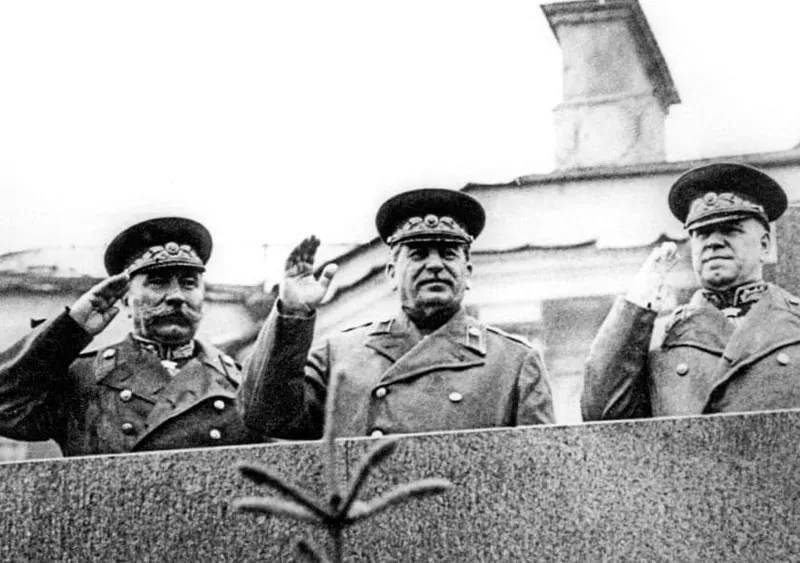 S.M. Budyonny, J.V. Stalin, G.K. Zhukov on the Mausoleum tribune. Source: Archive of the Russian Ministry of Defense.
S.M. Budyonny, J.V. Stalin, G.K. Zhukov on the Mausoleum tribune. Source: Archive of the Russian Ministry of Defense.
In honor of this event, the first Victory Parade was held on 24 June 1945 in Moscow on Red Square. This Victory Parade in Moscow was a grand display of strength and unity, showcasing the resilience of the Soviet Union and its allies in the face of Nazi aggression. Approximately 40 000 soldiers and officers marched with pride, accompanied by an impressive array of 1850 military vehicles and artillery pieces. The parade served as a powerful symbol of victory and solidarity, commemorating the sacrifices made in the fight against fascism and heralding the dawn of a new era of peace and freedom.
It is worth noting that the Great Patriotic War, as World War II (WWII) was known in the Soviet Union, resulted in an immense toll of human lives, with estimates suggesting that over 27 million Soviet citizens lost their lives during the conflict.
Commanded by General Rokossovsky, a distinguished military leader renowned for his strategic vision and steadfast determination, the parade showcased the formidable strength and unity of the Soviet forces. As the procession unfolded, it was received with utmost reverence by Georgy Zhukov, the indomitable Marshal of Victory whose leadership played a pivotal role in securing triumph against the Nazi onslaught.
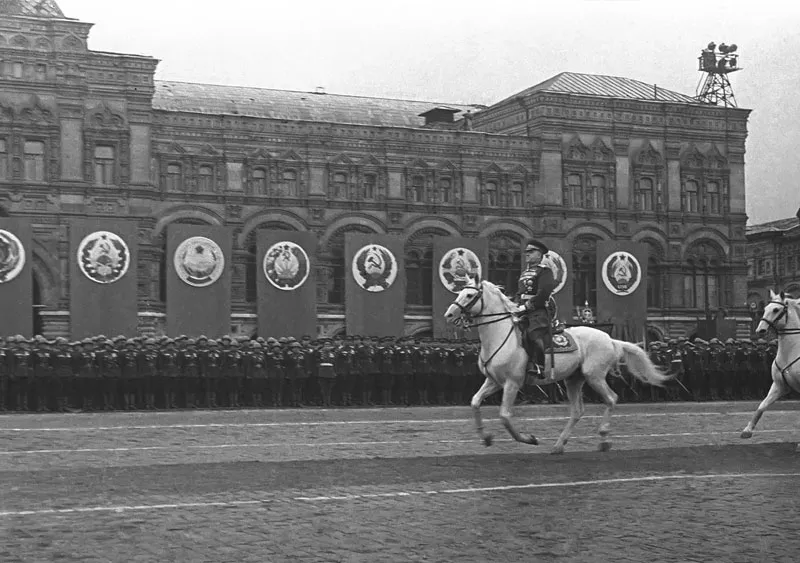 Victory Parade. Deputy Supreme Commander-in-Chief Marshal of the Soviet Union G.K.Zhukov taking the parade. June 26, 1945. Source: TASS.
Victory Parade. Deputy Supreme Commander-in-Chief Marshal of the Soviet Union G.K.Zhukov taking the parade. June 26, 1945. Source: TASS.
Atop a white horse, Marshal Zhukov rode solemnly around the respectfully motionless Soviet troops, delivering a formal report to Joseph Stalin, the Supreme Commander-in-Chief. It is well-known that during that period, both the army and the entire country were under the leadership of Stalin.
At the 1945 Victory Parade, Soviet troops marched proudly, carrying over 200 captured Nazi flags. These flags symbolized the defeat of tyranny and the fortitude of the Soviet people and their allies. They were a poignant reminder of the sacrifices made in the struggle for freedom and the hope for a peaceful future.
A famous historical photo of a “trophy battalion” before throwing Nazi banners to the Mausoleum. Left: Sergeant Fyodor Legkoshkur with the standard of the SS Adolf Hitler Division. Source: TASS
Victory Day – Official Holiday in the Soviet Union
Interestingly, Victory Day was not designated as an official holiday until the year 1965. This significant status upgrade coincided with the anniversary of the victory in WWII and the election of Leonid Brezhnev as General Secretary of the Communist Party of the Soviet Union. This historic decision not only emphasized the magnitude of the victory but also solidified the 9th of May as a day of national pride and remembrance in the Soviet Union.
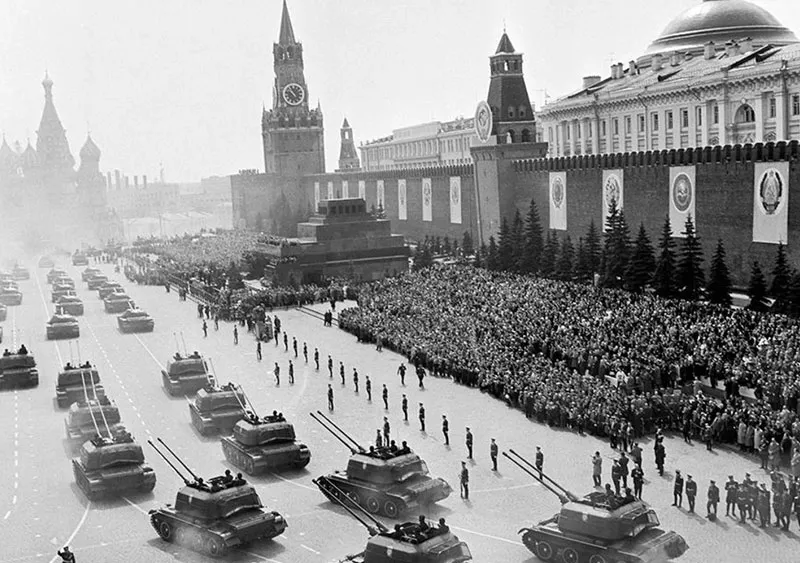 Victory Parade on May 9, 1965. Source: TASS.
Victory Parade on May 9, 1965. Source: TASS.
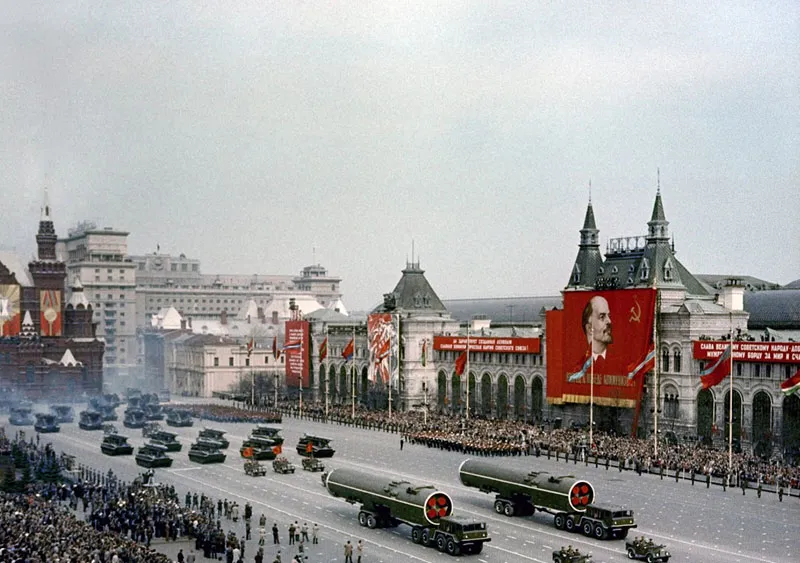 Victory Parade on May 9, 1965. Colorized. Source: RIA Novosti.
Victory Parade on May 9, 1965. Colorized. Source: RIA Novosti.
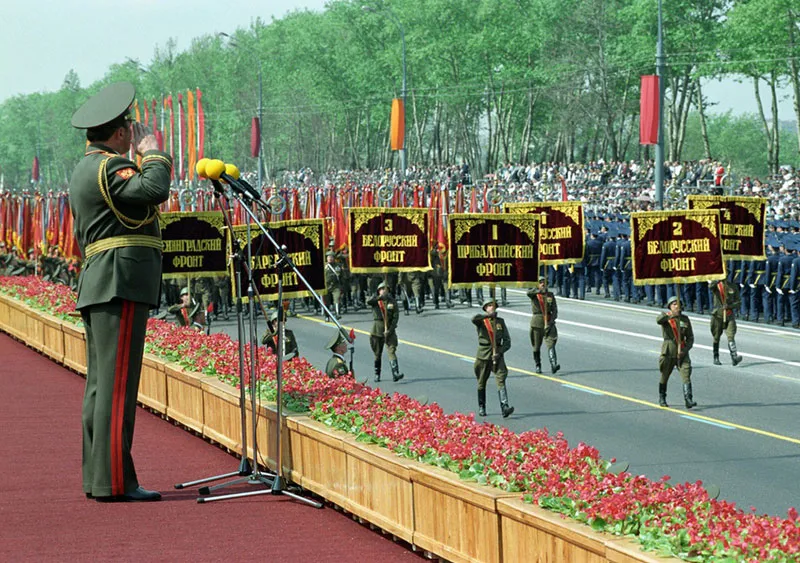 Military parade in honor of the 50th anniversary of the Victory in World War II on Poklonnaya Hill. Source: Yeltsin Center.
Military parade in honor of the 50th anniversary of the Victory in World War II on Poklonnaya Hill. Source: Yeltsin Center.
The Russian Victory Parades, particularly those held from 1965 onward, continued the tradition of commemorating the triumph in World War II with grandeur and solemnity. They typically featured impressive displays of military might, including troops marching in precise formations, along with a variety of military vehicles, aircraft, and artillery pieces rolling through the streets of Moscow’s Red Square. Throughout the years, the parades evolved to reflect changing political and social landscapes, but they consistently emphasized the importance of remembering the sacrifices of the past and honoring the bravery and heroism of those who fought for victory. These parades served not only as a tribute to the past but also as a demonstration of the strength and unity of the Russian people in the present day.
In the history of contemporary Russia, the inaugural Victory Day Parade was held in 1995, marking the 50th anniversary of the end of World War II. The program of the procession meticulously replicated the historical Parade of 1945, paying homage to the monumental significance of that momentous event. The same year, a law was passed, enshrining the tradition of military parades on 9 May as an annual event in Moscow and other Russian cities.
«Russian Army Trophies» Exhibition
An exhibition of trophy equipment at Poklonnaya Gora organized by the Ministry of Defense was opened ahead of the 9 May celebration in 2024.
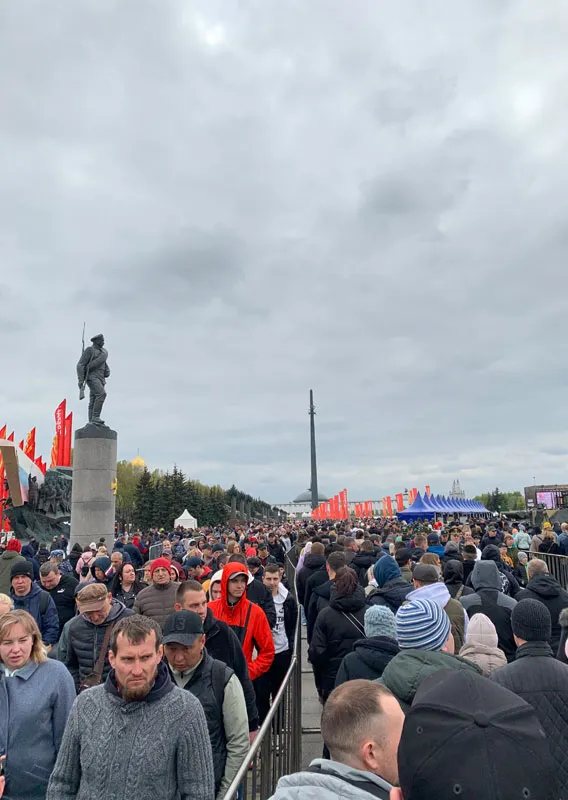
Thousands of people have flocked the exhibition. Source: Murat Gibadyukov. iGlobenews.
More than 30 units of armored vehicles captured during the ongoing military campaign are on display. The exhibits include vehicles from various countries, including those in NATO. The cumulative value of the samples of military equipment displayed at the exhibition of trophies on Poklonnaya Gora in Moscow amounts to several billion dollars.
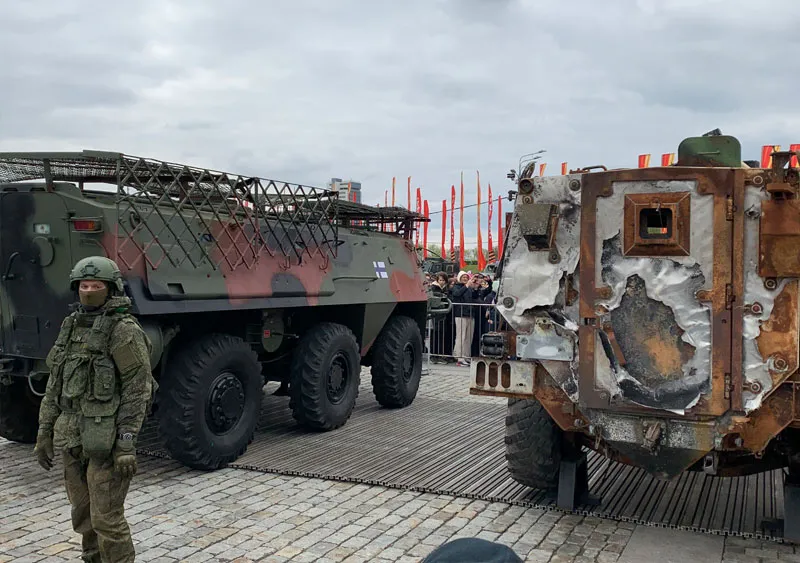 Bushmaster Protected Mobility Vehicle (Australia) on the right and Armored Personnel Carrier XA-180 (Finland) on the left. Source: Murat Gibadyukov. iGlobenews.
Bushmaster Protected Mobility Vehicle (Australia) on the right and Armored Personnel Carrier XA-180 (Finland) on the left. Source: Murat Gibadyukov. iGlobenews.
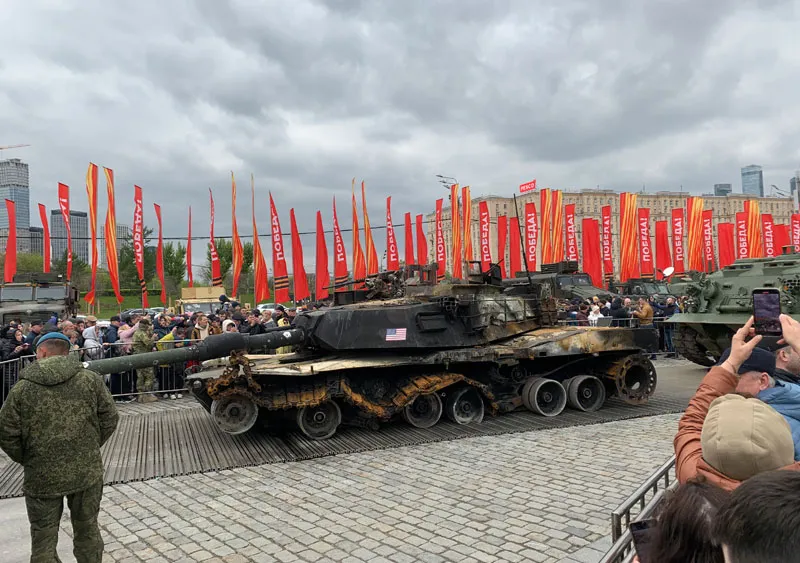 ABRAMS M1A1 tank (USA). Source: Murat Gibadyukov. iGlobenews.
ABRAMS M1A1 tank (USA). Source: Murat Gibadyukov. iGlobenews.
Each exhibit is accompanied by an information stand detailing its origin and technical characteristics. Additionally, samples of Ukrainian weapons and equipment are on display. Many of these trophies were captured in the settlements of the Zaporizhzhia region and the Avdiivka area in the Donetsk region. Remarkably, most of the displayed items remain in working condition, having been captured by Russian forces during the conflict. This exhibition offers visitors a firsthand look at the diverse array of weaponry used during the conflict, underscoring the complex dynamics of modern warfare.


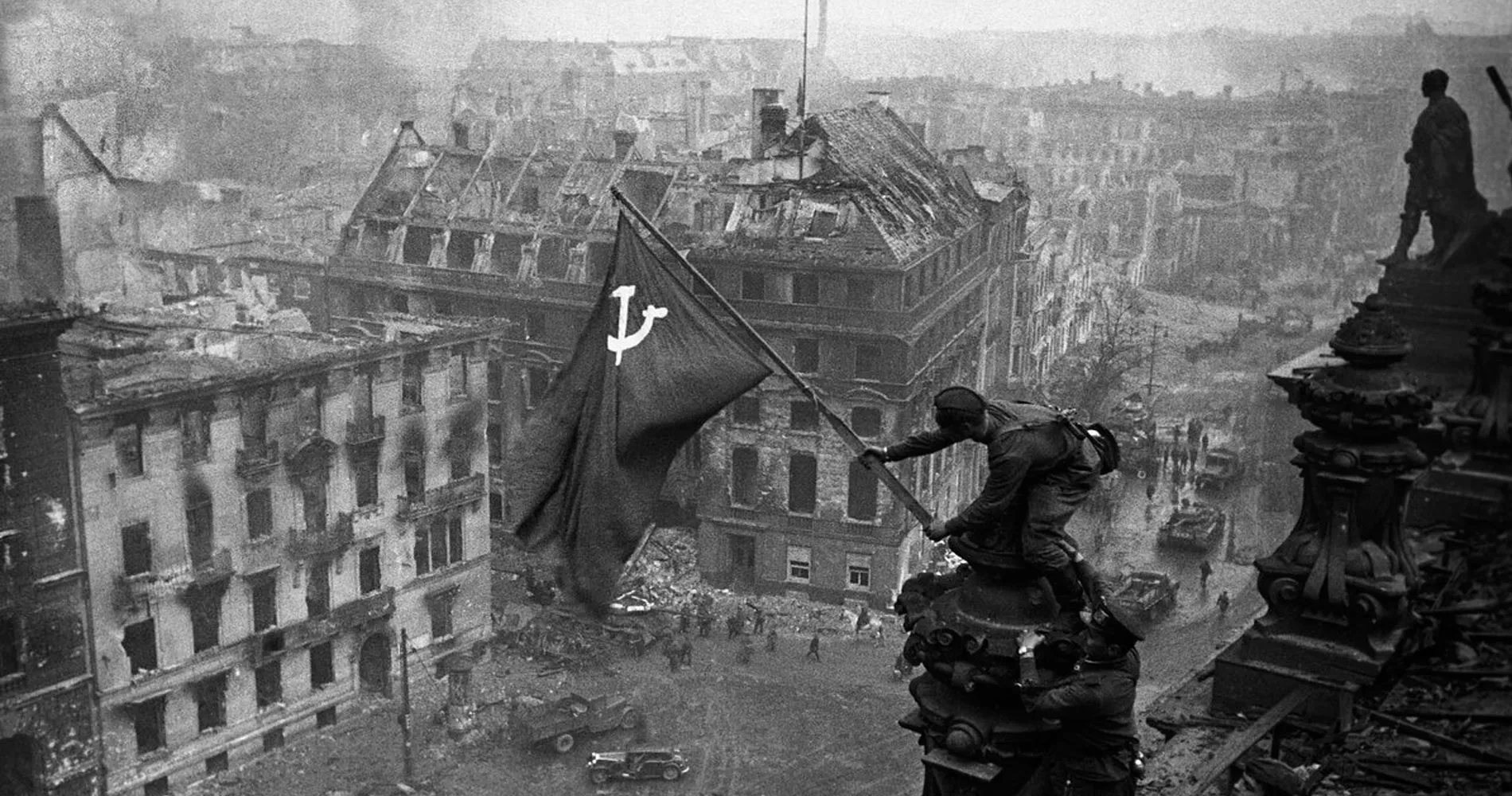
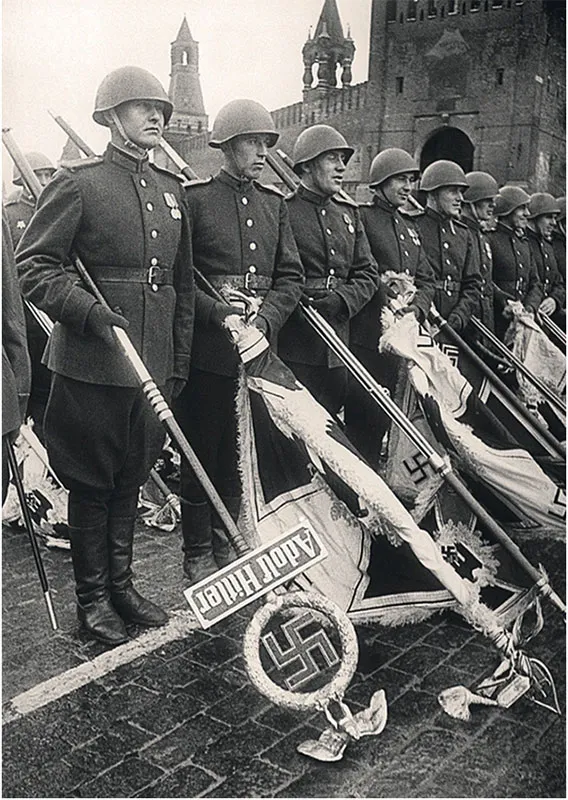


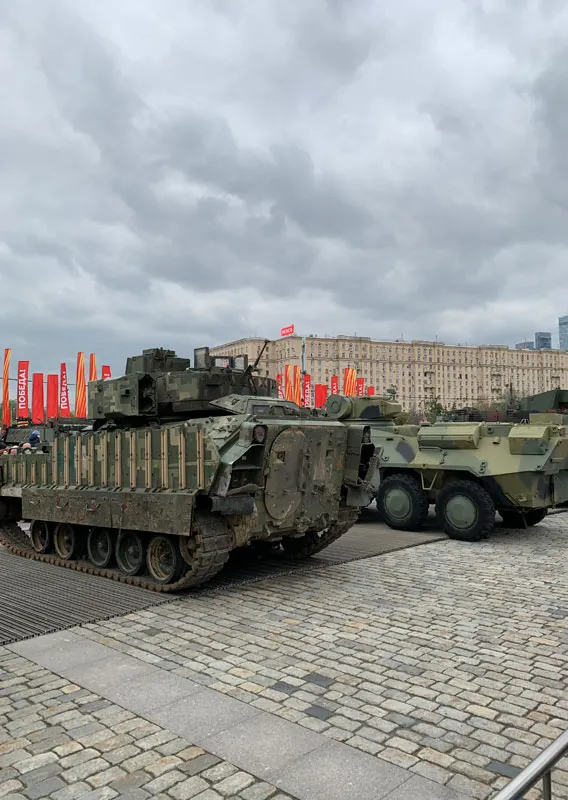 M2A2 “Bradley” Infantry Fighting Vehicle (USA) on the left and BTR-3DA Armored Personnel Carrier (Ukraine) on the right. Source: Murat Gibadyukov. iGlobenews.
M2A2 “Bradley” Infantry Fighting Vehicle (USA) on the left and BTR-3DA Armored Personnel Carrier (Ukraine) on the right. Source: Murat Gibadyukov. iGlobenews.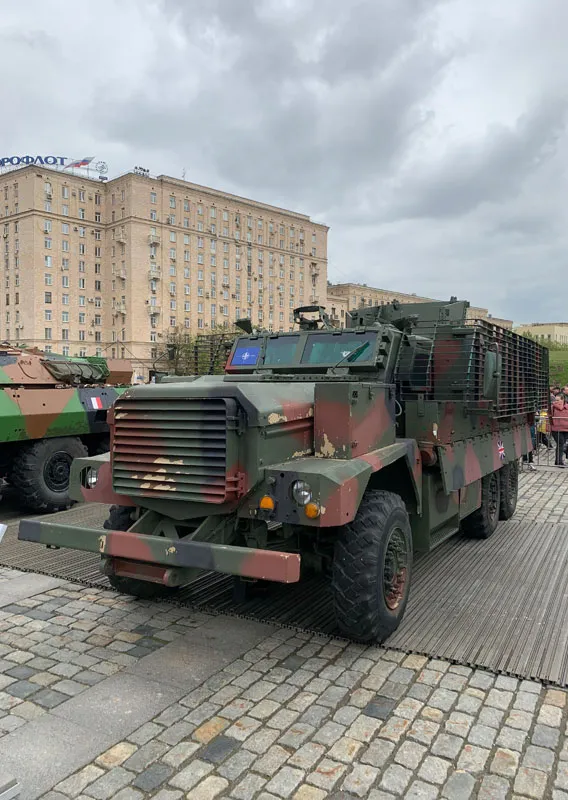 Mastiff Protected Vehicle (UK). Source: Murat Gibadyukov. iGlobenews.
Mastiff Protected Vehicle (UK). Source: Murat Gibadyukov. iGlobenews.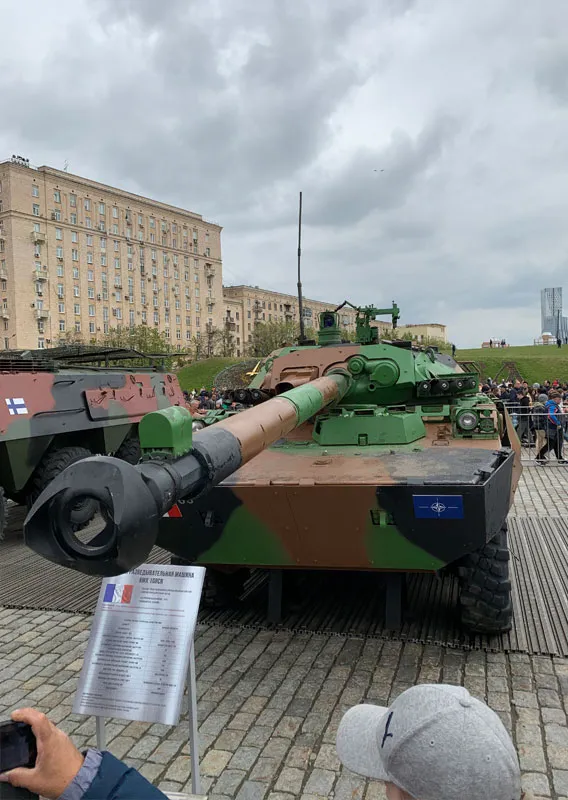 Combat reconnaissance vehicle “AMX 10RCR” (France). Source: Murat Gibadyukov. iGlobenews.
Combat reconnaissance vehicle “AMX 10RCR” (France). Source: Murat Gibadyukov. iGlobenews.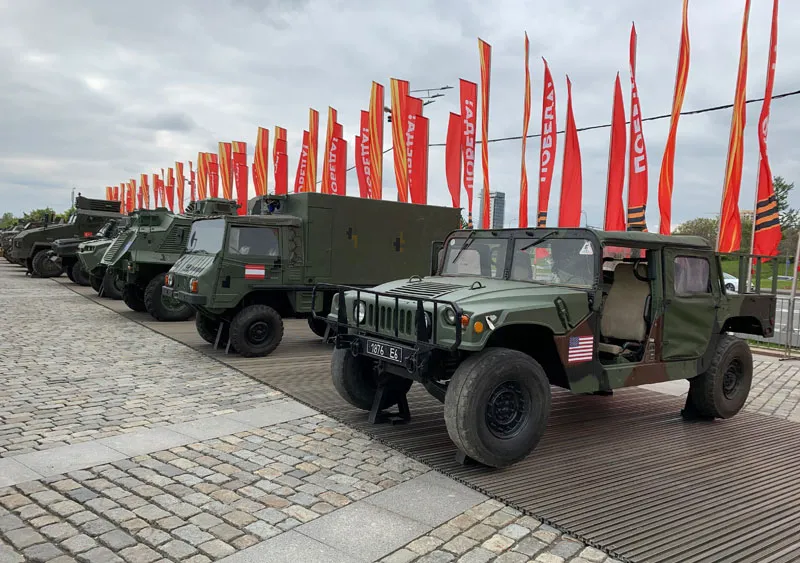 HMMWV M998 multi-purpose off-road vehicle (USA) on the right and Pinzgauer 712M all-terrain vehicle (Austria) in the middle. Source: Murat Gibadyukov. iGlobenews.
HMMWV M998 multi-purpose off-road vehicle (USA) on the right and Pinzgauer 712M all-terrain vehicle (Austria) in the middle. Source: Murat Gibadyukov. iGlobenews.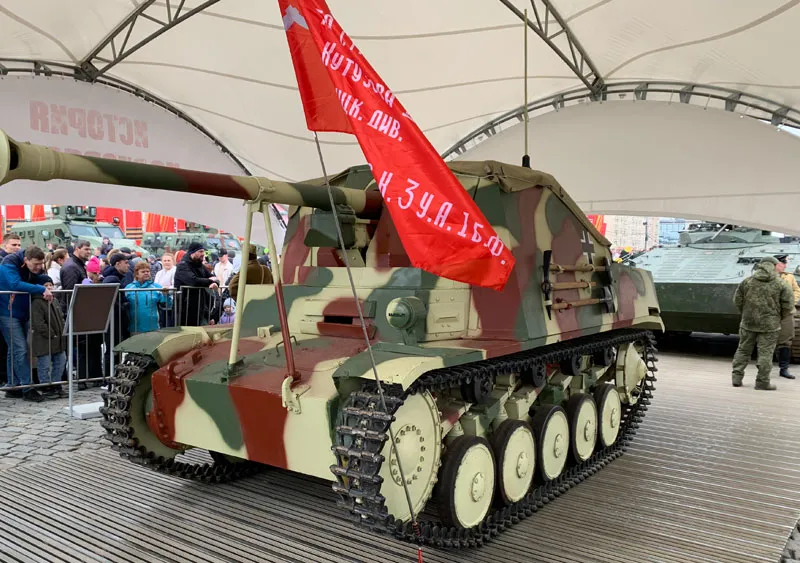 Marder II anti-tank self-propelled artillery unit (Germany) (World War II Trophy). Source: Murat Gibadyukov. iGlobenews.
Marder II anti-tank self-propelled artillery unit (Germany) (World War II Trophy). Source: Murat Gibadyukov. iGlobenews.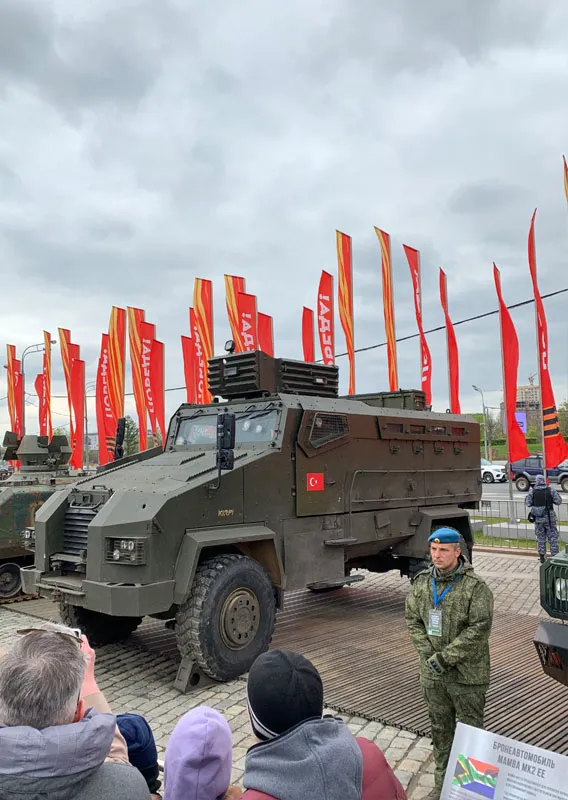 Mine-Resistant Ambush Protected vehicle BMC Kirp (Türkiye). Source: Murat Gibadyukov. iGlobenews.
Mine-Resistant Ambush Protected vehicle BMC Kirp (Türkiye). Source: Murat Gibadyukov. iGlobenews.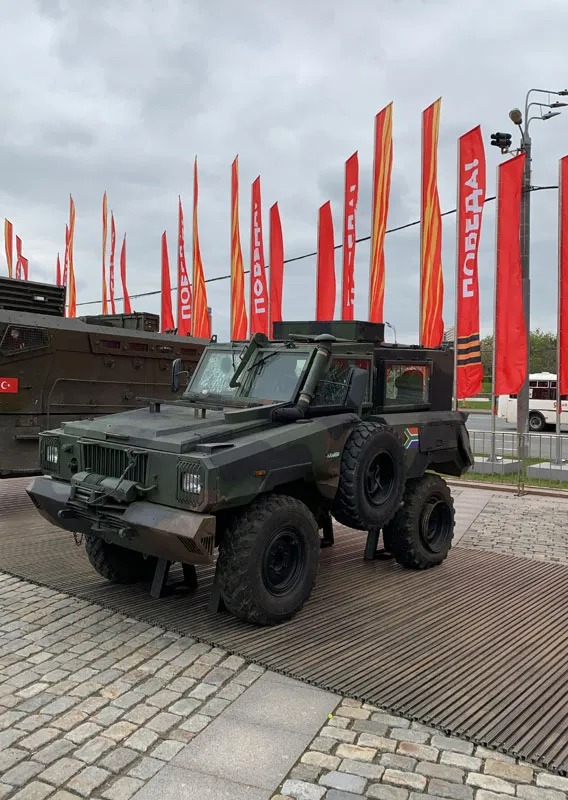 Mamba Armored Personnel Carrier (South Africa). Source: Murat Gibadyukov. iGlobenews.
Mamba Armored Personnel Carrier (South Africa). Source: Murat Gibadyukov. iGlobenews.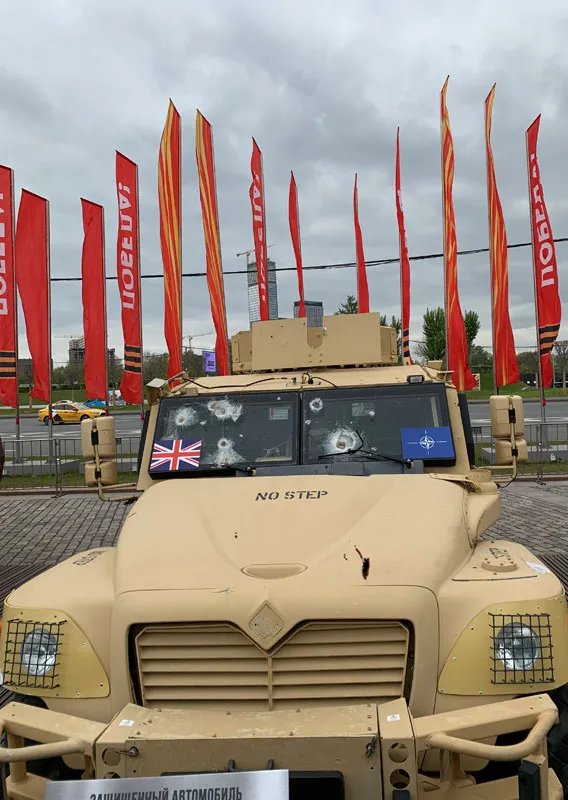 Protected support vehicle Husky (UK). Source: Murat Gibadyukov. iGlobenews.
Protected support vehicle Husky (UK). Source: Murat Gibadyukov. iGlobenews.
